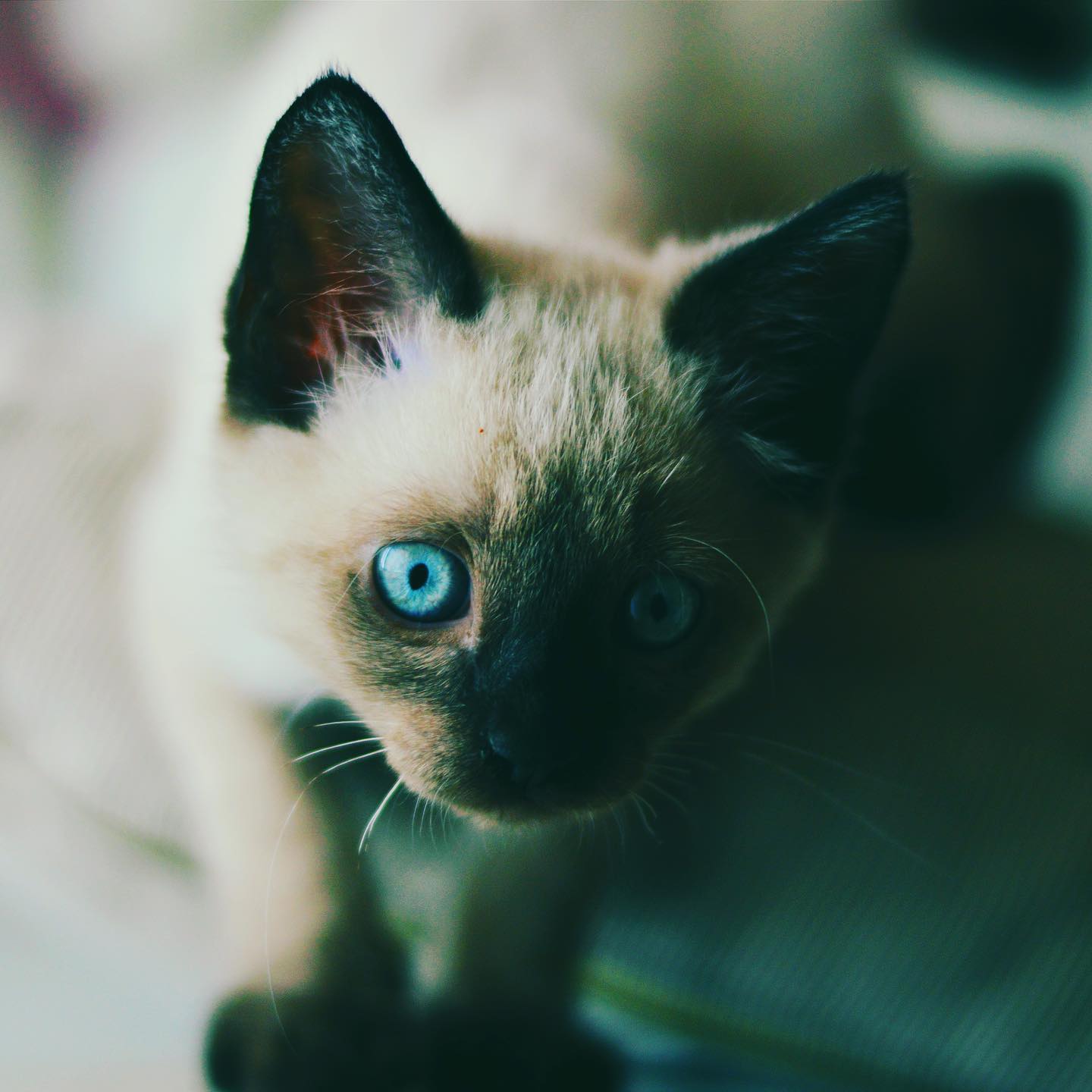When I first brought home a money tree, I wondered if it was safe for my cat. Learning about money tree toxicity became a top priority for me. It might be for you too.
Are money trees poisonous to cats? The ASPCA says they’re not toxic to cats. But, it’s still important to watch how your cat interacts with plants.
Money trees are popular for their beauty and supposed luck-bringing powers. They’re great for your home, but knowing their impact on your cat’s health is key. Even safe plants can upset a cat’s stomach if eaten too much.
This guide will help you understand money tree toxicity. We’ll look at the plant’s traits, risks, and tips for keeping your cat safe. Your cat’s health is the most important thing, and knowing is the first step to a safe home.
Let’s explore how to keep your cat safe around money trees together.
Table of Contents
Introduction to Money Trees
Money trees, also known as Pachira aquatica, are popular indoor plants. They are safe for pets and add beauty to homes. These plants come from Central and South America and are believed to bring good luck.
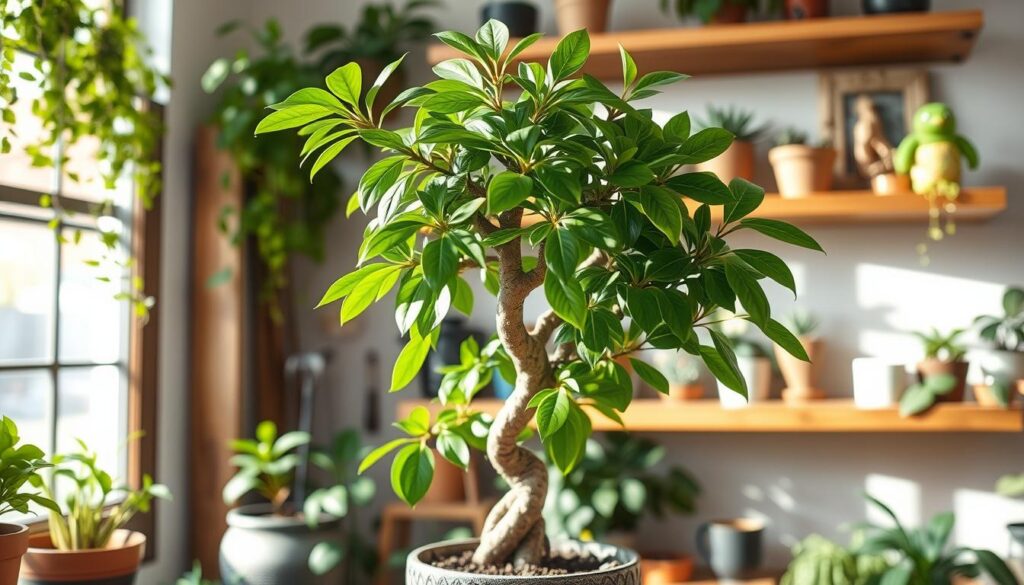
Knowing how to care for money trees is important. This knowledge helps you create the best environment for them. Let’s dive into their world and what they need to thrive.
What is a Money Tree?
A money tree is a tropical plant with a braided trunk and green leaves. They can grow up to six feet tall indoors. They don’t produce money but are thought to bring financial luck in some cultures.
Origin and Cultural Significance
- Native to wetlands in Central and South America
- Significant in feng shui practices
- Symbolizes good fortune and prosperity
- Popular in decorative and ornamental settings
Essential Care Requirements
Proper care is key for a healthy money tree. It prevents issues related to money plant toxicity. Here are the main care tips:
- Light: Bright, indirect sunlight is best
- Temperature: Keep it between 65-85 degrees Fahrenheit
- Watering: Water every 1-2 weeks, letting the soil dry in between
- Humidity: They prefer moderate humidity levels
“A well-cared-for money tree can be a beautiful, long-lasting companion in your home.”
By following these care guidelines, your money tree will stay healthy and beautiful. It will also be safe for your pets.
Understanding Cat Safety
As a cat owner, it’s vital to keep your pet safe from toxic plants. Many common houseplants can harm cats. This makes knowing about plant safety key for pet care.
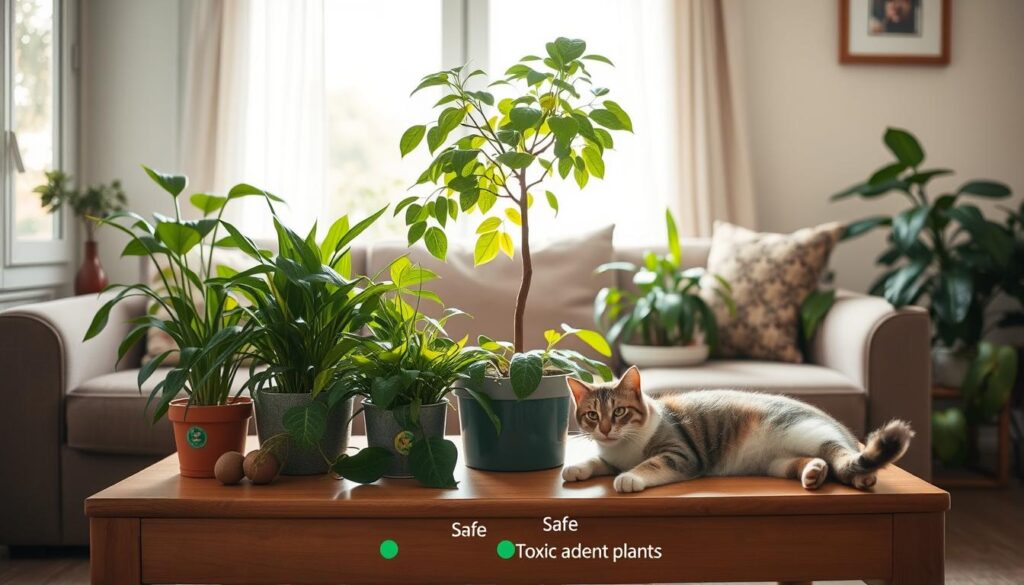
Cats are curious and often explore by smell and taste. This curiosity can lead to dangerous encounters with toxic plants. These plants can cause severe poisoning in cats.
Common Plants Toxic to Cats
Some popular houseplants are harmful to cats. Here are the most dangerous ones:
- Lilies (extremely dangerous and potentially fatal)
- Aloe vera
- Pothos
- Dieffenbachia
- Philodendron
Identifying Plant Poisoning Symptoms
Spotting poisoning symptoms early is crucial. Look out for these signs if your cat has eaten a toxic plant:
| Symptom Category | Specific Signs |
|---|---|
| Digestive Distress | Vomiting, diarrhea, excessive drooling |
| Neurological Signs | Lethargy, weakness, tremors |
| Respiratory Issues | Difficulty breathing, coughing |
Why Plant Safety Matters
“Prevention is always better than cure when it comes to your cat’s health.” – Veterinary Experts
Knowing about toxic plants is more than just caution. It’s about making a safe space for your pet. Cats can’t break down toxins like humans do, making them more at risk.
If you think your cat has eaten a toxic plant, see your vet fast. Quick action can stop serious health problems and save your cat’s life.
Are Money Trees Toxic to Cats?
Pet owners often worry about the safety of houseplants around their feline companions. It’s important to know if money trees are toxic to cats to keep your home safe.
Scientific Classification of Money Trees
The money tree, known as Pachira aquatica, is part of the Malvaceae family. It comes from Central and South America. It’s now a popular indoor plant.
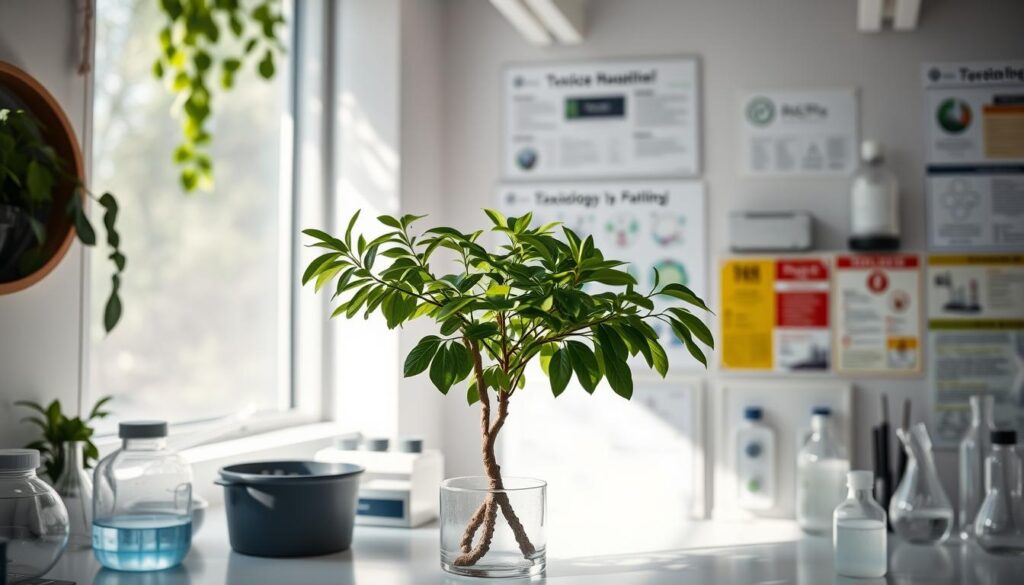
Compounds in Money Trees
The ASPCA says money trees are safe for cats. While eating any plant might upset a cat’s stomach, money trees don’t have harmful toxins.
| Plant Characteristic | Details for Money Trees |
|---|---|
| Toxicity Level | Non-toxic to cats |
| Potential Side Effects | Mild gastrointestinal upset if ingested |
| Scientific Name | Pachira aquatica |
Expert Opinions on Toxicity
“While money trees are generally safe, pet owners should always monitor their cats’ interactions with any houseplant,” advises veterinary specialist Dr. Emily Rodriguez.
- Money trees are considered safe for cats
- Ingestion may cause minor stomach discomfort
- No severe toxic compounds identified
When thinking about if money trees are poisonous to cats, the answer is no. But, it’s wise to stop your cat from eating too much plant. Also, watch for any signs of illness in your cat.
Symptoms of Poisoning in Cats
Knowing the signs of cat poisoning is key for pet owners. Money trees are usually safe, but it’s important to watch for any signs of trouble. This can save your cat’s life.
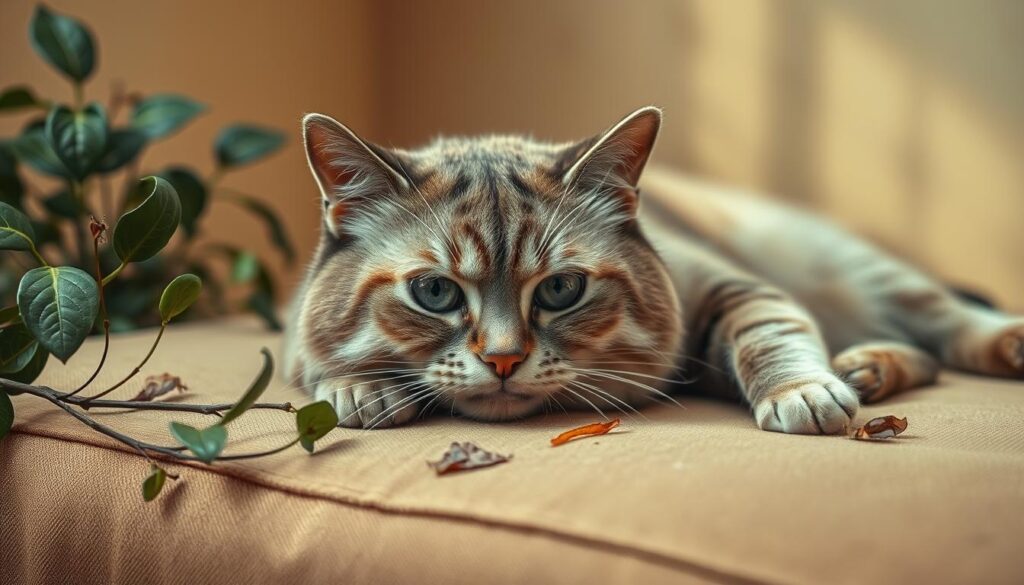
Common Cat Poisoning Symptoms
Watch for these signs of plant poisoning in cats:
- Excessive drooling
- Unexpected vomiting
- Sudden loss of appetite
- Lethargy or unusual weakness
- Difficulty breathing
- Swelling around the mouth
Specific Symptoms Related to Plant Ingestion
Each plant can affect cats differently. Insoluble calcium oxalates in many plants can irritate a cat’s mouth and cause pain.
“Early detection of poisoning symptoms can significantly improve your cat’s chances of recovery.” – Veterinary Toxicology Expert
When to Seek Veterinary Help
Get vet help right away if you see:
- Persistent vomiting lasting more than 24 hours
- Signs of extreme weakness or collapse
- Visible mouth or skin irritation
- Breathing difficulties
| Symptom Severity | Recommended Action |
|---|---|
| Mild Symptoms | Monitor closely, contact veterinarian |
| Moderate Symptoms | Seek veterinary consultation within 2-4 hours |
| Severe Symptoms | Immediate emergency veterinary care |
Act fast to avoid serious problems. Keep your vet’s number handy for any plant-related emergencies.
Precautions for Cat Owners
Creating a safe indoor space for your cat needs careful planning. This is especially true when picking houseplants. It’s important to choose plants that are safe for both cats and dogs.
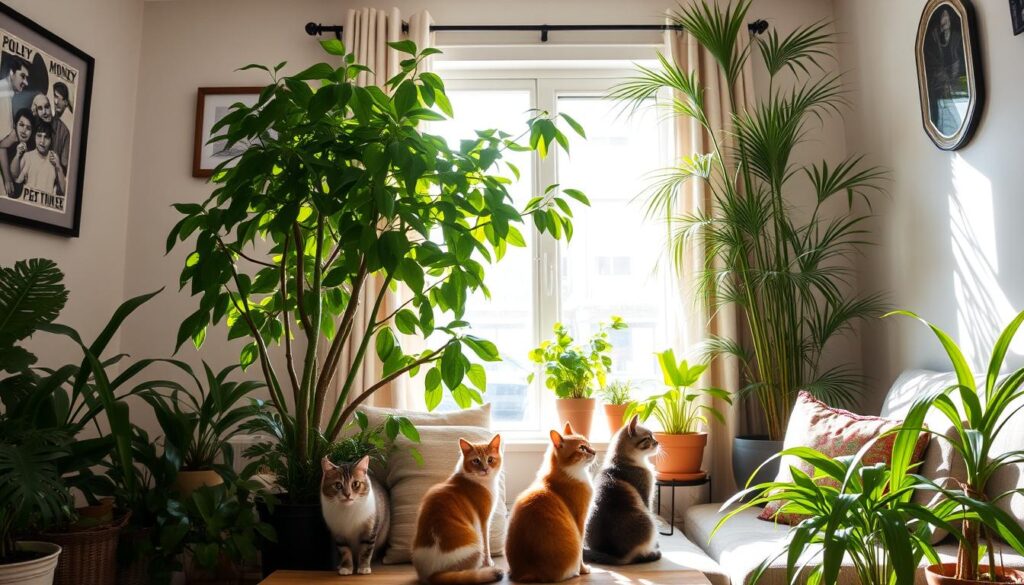
- Research pet-friendly indoor plants before buying
- Keep plants out of your cat’s reach
- Use hanging planters or high shelves
- Create special plant areas with barriers
Choosing Safe Houseplants
Not all plants are safe for pets. Here are some good options:
- Spider plants
- Boston ferns
- Areca palms
- Swedish ivy
- African violets
“The best defense is a good offense when protecting your pets from potential plant toxins.” – Veterinary Plant Safety Expert
Creating a Cat-Friendly Environment
It’s not just about the plants. Give your cat other things to do. Cat grass and catnip are great. They keep your cat happy and healthy.
Alternatives to Money Trees
Looking for something else besides money trees? Try bamboo palm, parlor palm, or safe succulents. They look good and are safe for cats.
What to Do if Your Cat Ingests a Money Tree
Plant-related emergencies can be stressful for cat owners. Knowing the right steps can make a critical difference in your pet’s health when dealing with potential houseplant safety for pets situations.
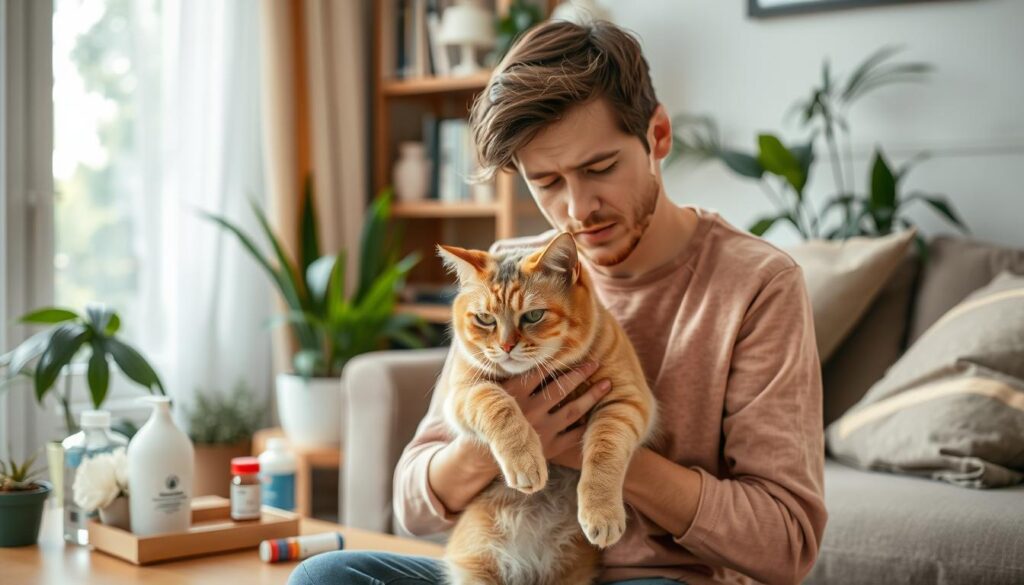
Immediate Steps to Take
When you suspect your cat has ingested a money tree, quick action is crucial. Follow these immediate steps:
- Remove any plant material from your cat’s mouth
- Identify the amount of plant consumed
- Check for visible cat poisoning symptoms
- Keep your cat calm and comfortable
When to Contact a Veterinarian
Cat owners should seek professional help if they observe these warning signs:
- Persistent vomiting
- Excessive drooling
- Sudden lethargy
- Loss of appetite
- Unusual behavioral changes
“Prompt veterinary intervention can prevent serious complications from plant ingestion.” – Veterinary Emergency Specialists
Follow-Up Care for Affected Cats
After potential plant poisoning, professional monitoring is essential. Your veterinarian might recommend:
- Comprehensive blood tests
- Hydration support
- Potential overnight observation
- Dietary adjustments during recovery
Remember, approximately 80% of pet owners who seek immediate veterinary consultation can prevent serious health complications from plant ingestion.
Alternatives to Money Trees
Creating a pet-friendly home doesn’t mean giving up on indoor plants. There are many safe options that can make your home look great and keep your pets safe.
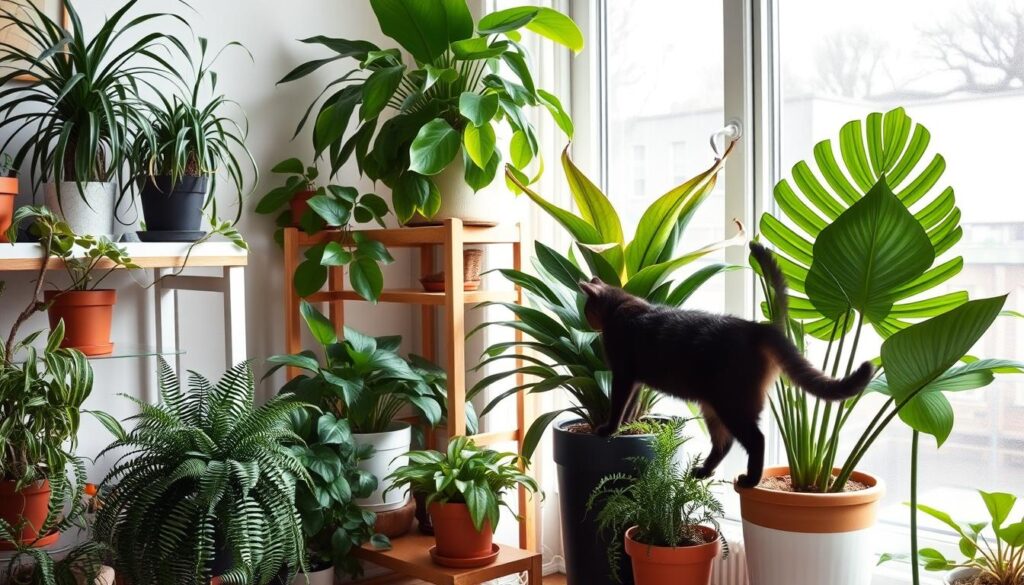
Looking for safe plants for cats and dogs? There are many great alternatives to make your home green and pet-friendly.
Non-Toxic Houseplants for Cat Owners
Check out these amazing cat-safe plants that bring life to your home without harming your pets:
- Spider Plants: Resilient and hanging beauties
- Boston Ferns: Known for shaggy fronds and pet-friendly nature
- African Violets: Bloom beautifully in low light conditions
- Mosaic Plants: Featuring distinctive white or pink veining
- Banana Trees: Large, non-toxic options requiring bright light
Recommended Safe Succulent Alternatives
| Plant Name | Characteristics | Size Potential |
|---|---|---|
| Haworthia | Compact succulent | Small indoor plant |
| Burro’s Tail | Trailing succulent | Moderate growth |
| Hen and Chickens Fern | Unique propagation method | Moderate size |
Benefits of Cat-Friendly Plants
Choosing safe plants for cats and dogs has many benefits. You’ll make your home more interesting, improve the air, and keep your pets healthy.
“Your home can be both beautiful and safe for your furry companions.” – Veterinary Plant Safety Expert
Always check the ASPCA’s list of toxic and non-toxic plants before adding new plants to your home. Your cat’s safety is the most important thing.
Conclusion: Keeping Your Cat Safe
Keeping your cat safe from plants is important. You need to pay attention and take steps to protect them. Knowing which plants are safe for pets is key for pet owners.
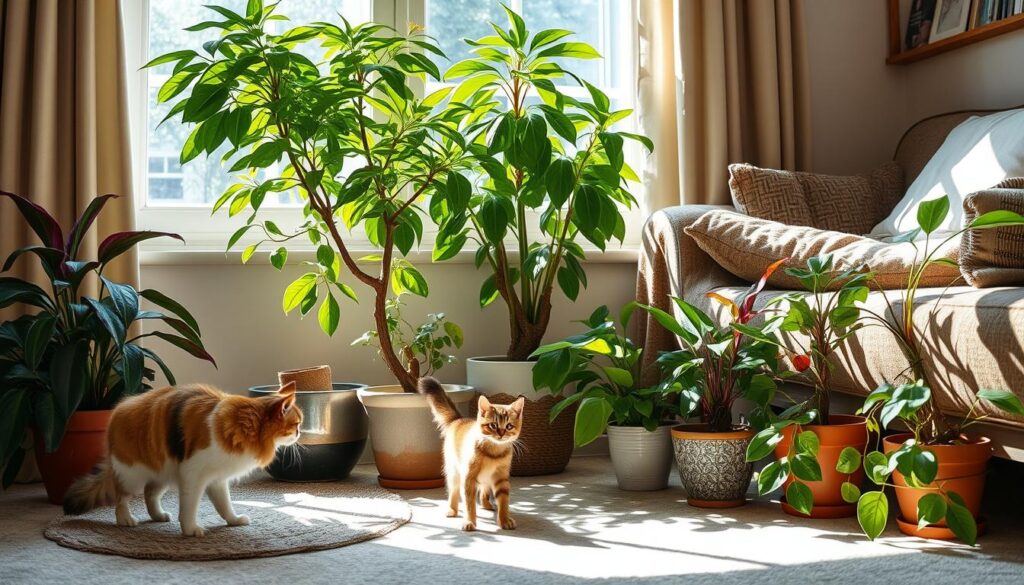
When thinking about if money trees are bad for cats, remember these tips:
- Always check if a plant is toxic before you bring it home
- Watch your pets when they’re near plants
- Make sure there are places where pets can’t get to plants
- Choose plants that are safe for cats
Key Safety Insights for Pet Owners
There are big risks for pets in homes. About 25% of pets eat something harmful each year. This shows how important it is to watch plants closely.
| Risk Factor | Percentage |
|---|---|
| Pets Ingesting Harmful Substances | 25% |
| Veterinary Poisoning Cases | 10% |
| Plant-Related Kidney Failure in Cats | 50% |
Preventative Measures
Being careful about your pet’s safety is a big responsibility. Money trees might not be toxic, but watch your cat around plants. If they act strangely, talk to a vet.
Prevention is always better than cure when it comes to pet health and houseplant safety.
By following these steps, you can make a safe place for your pets and plants to live together.
Frequently Asked Questions
Cat owners often worry about houseplants and their risks. It’s important to know if money trees and other plants are safe for cats. This helps make a pet-friendly home.
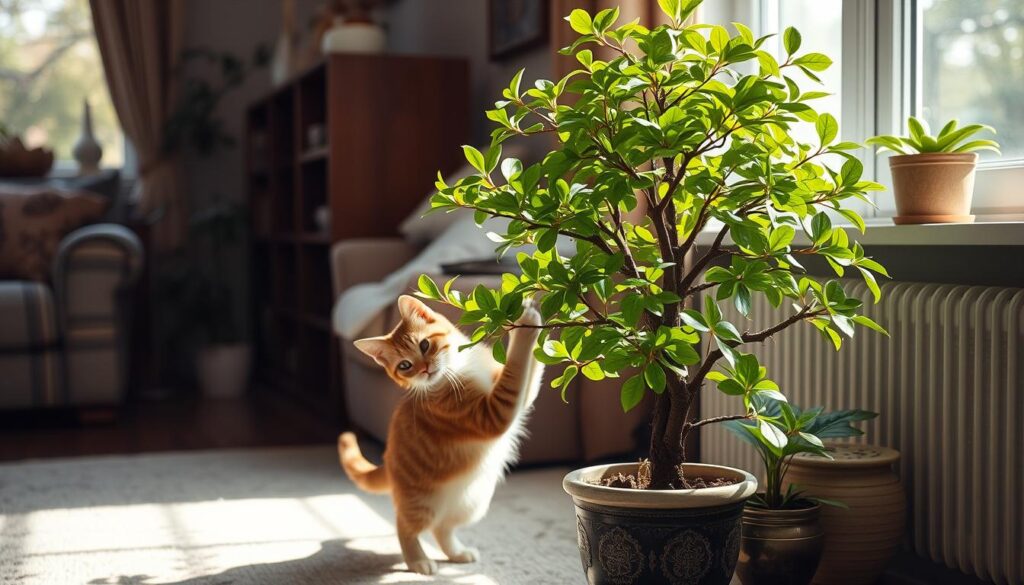
Can Cats Be Around Money Trees?
Money trees (Pilea species) are usually safe for cats. But, it’s always best to be cautious. Even though they are safe, it’s wise to stop your cat from chewing on them. This can help avoid any stomach problems.
What Other Plants Should Cat Owners Avoid?
There are some plants that are very bad for cats. You should keep them away from your pets. These include:
- Lilies (extremely dangerous, can cause kidney failure)
- Oleander (highly toxic)
- Sago Palms (can cause severe liver damage)
- Croton plants (contain harmful calcium oxalate crystals)
“Nearly 25% of all pet poison helpline calls relate to pets nibbling on houseplants” – Pet Poison Helpline
How Can I Train My Cat to Avoid Certain Plants?
Teaching your cat to stay away from plants takes time and effort:
- Use citrus-scented sprays around plants (cats dislike citrus)
- Place plants in areas less accessible to your cat
- Provide alternative cat-friendly plants or grass
- Use positive reinforcement when your cat avoids plants
Even though money trees are usually safe, watch how your cat interacts with any plant. If you’re unsure, talk to your vet about plant safety.
Resources for Further Reading
Exploring safe houseplants and pet-friendly indoor plants is exciting for cat owners. The right resources help you make informed decisions for a safe home. It’s important to know which plants are safe for your pets.
Trusted Websites for Pet Plant Safety
The ASPCA’s toxic plants database is a top resource for pet owners. Websites like VeterinaryPartner.com and PetMD offer guides on safe indoor plants. They help you choose plants that are safe for cats and dogs.
Essential Books on Plant and Pet Care
Several books by veterinary experts can help you understand safe plants. Look for books on houseplant safety and pet health. Local bookstores and online retailers have great selections to help you learn more.
Community Forums and Support Networks
Online communities like Reddit’s r/houseplants and pet care forums are great for support. They let you connect with plant experts and other pet owners. You can learn from their experiences and get the latest pet safety tips.

